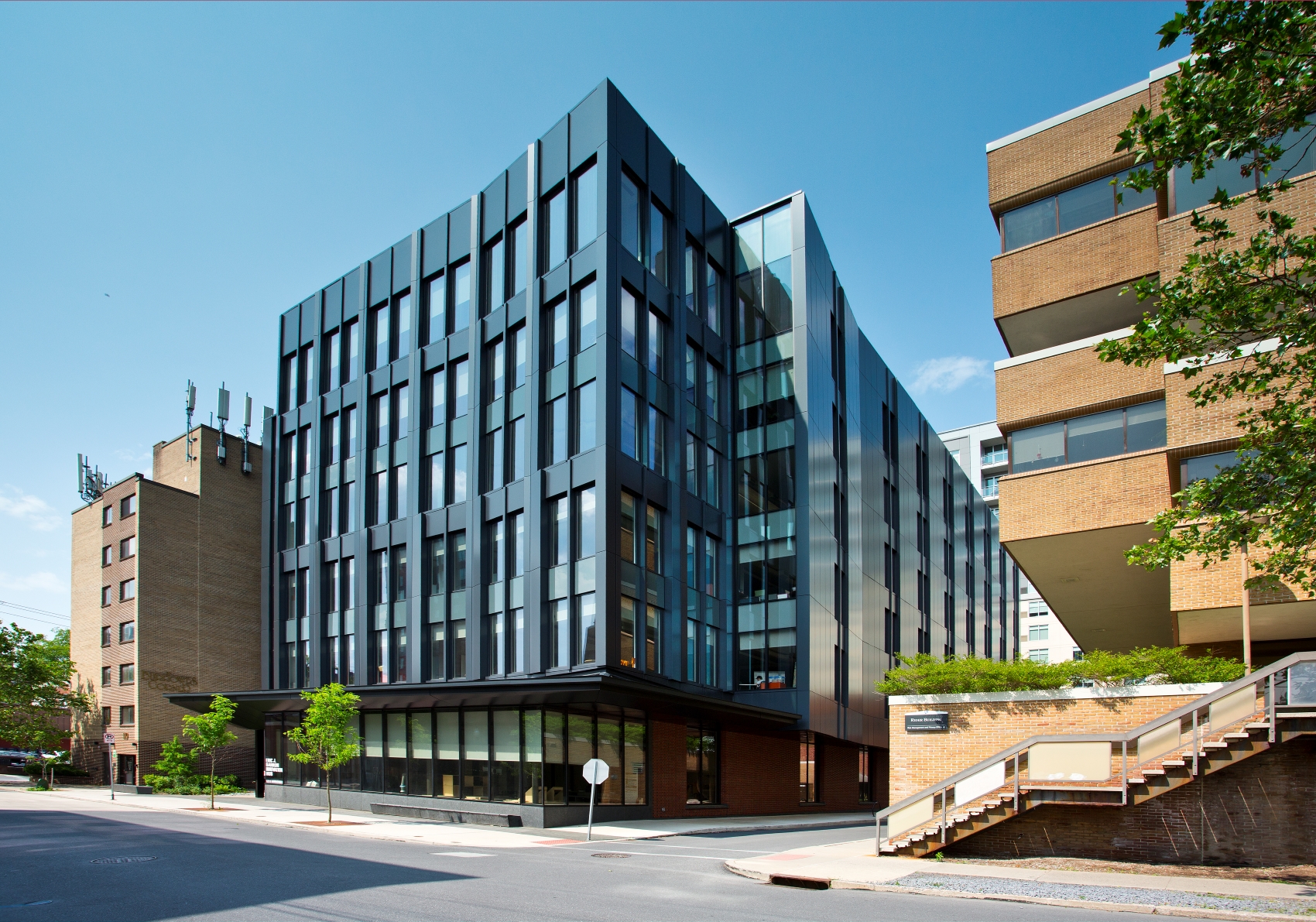Date: 7 December 2006
The new technologically advanced window concept is the result of collaboration between DOE's Lawrence Berkeley National Laboratory (LBNL) and SAGE Electrochromics, Inc. (Faribault, Minnesota).
“DOE is investing in research to develop and commercialize the products of tomorrow, such as this next generation of window, so that by 2020 we can build homes that are zero net energy,” DOE Assistant Secretary of Energy Efficiency and Renewable Energy, Andy Karsner said.
This prototype incorporates dynamic electrochromic glass (SageGlass®) that can be electrically controlled to change from clear to dark. The prototype also includes other technology innovations, such as low emissivity (Low E) glass coatings, an unsealed internal plastic triple pane, krypton gas and an insulating frame. This is the first time that all of these technologies have been optimized in an integrated fashion. Continued research and development (R&D) ower the cost of advanced energy-saving glass and will allow today’s prototypes to be incorporated into affordable, mass produced products from many window suppliers. Consumers can currently purchase dual pane dynamic windows from SAGE Electrochromics.
DOE’s long-term window development goal is to produce windows that are as energy efficient as today’s walls. By incorporating advanced technologies, windows can actually become a net-energy provider for homes. Advances in window technology will also ensure that their solar heat gain is very low in summer, which could potentially mitigate electricity demand.
Read the entire news on the source link below.









Add new comment